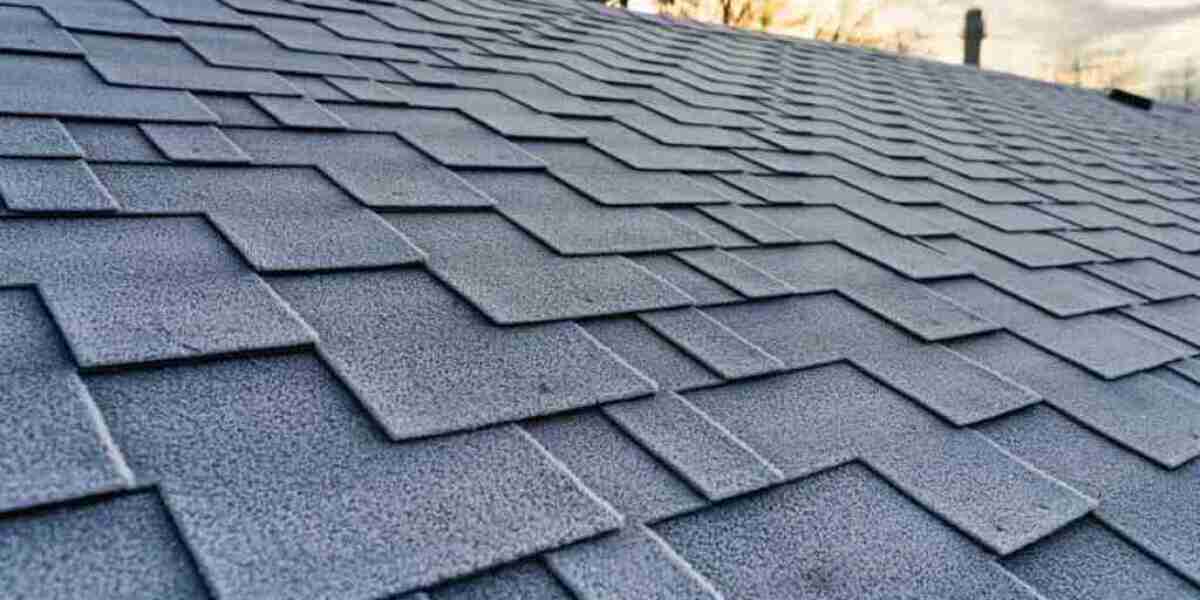Urban environments are rapidly evolving, and with that transformation comes a growing demand for smart, sustainable solutions—especially in the roofing sector. The asphalt shingles market is responding to this shift with an impressive wave of innovation, driven largely by the need for energy-efficient roofing systems that can meet the unique challenges of densely populated areas. Cities around the world are experiencing a surge in energy-conscious building trends, and asphalt shingles are stepping up with new features that go beyond traditional protection.
Historically, asphalt shingles were appreciated for their simplicity, affordability, and ease of installation. But as urban areas grapple with rising temperatures, heat islands, and energy costs, the expectations placed on roofing systems have changed dramatically. No longer is it enough for a roof to shield against the elements—it now needs to actively contribute to energy efficiency and long-term sustainability.
One of the most prominent innovations in this space is the development of reflective or “cool” shingles. These shingles are engineered with specialized granules that reflect a higher percentage of the sun’s rays, rather than absorbing them as standard shingles do. This technology helps reduce the surface temperature of roofs, which in turn keeps the interior of buildings cooler, decreasing the reliance on air conditioning systems. In bustling cities where air conditioning demand spikes during summer months, the widespread use of cool shingles can contribute to substantial reductions in energy consumption and greenhouse gas emissions.
The benefits of these energy-efficient asphalt shingles extend beyond individual households. On a broader scale, cities with high concentrations of reflective roofing materials can combat the urban heat island effect—a phenomenon where urban zones become significantly warmer than surrounding rural areas due to the absorption and retention of heat by buildings and pavement. With more municipalities encouraging or even mandating energy-efficient construction, cool asphalt shingles are becoming a key player in the effort to create greener, more livable cities.
This shift has spurred significant R&D investment from manufacturers. Modern asphalt shingles now incorporate advanced coatings and pigments that enhance solar reflectivity without sacrificing color variety or aesthetic appeal. Homeowners and builders no longer have to choose between efficiency and design. Whether it’s a sleek contemporary townhouse or a traditional suburban home, energy-efficient shingles are available in styles and hues that blend seamlessly with architectural trends.
Urban developers are also taking note. In high-density developments where energy codes are increasingly stringent, asphalt shingles that meet ENERGY STAR® or LEED standards are quickly becoming a preferred solution. Their relatively lightweight structure, combined with enhanced thermal performance, makes them suitable for both residential and low-rise commercial projects where energy optimization is a priority.
Another compelling advantage is cost. Compared to other energy-efficient roofing materials like metal or tile, asphalt shingles offer a lower-cost entry point while still delivering significant performance benefits. This balance of affordability and function makes them particularly attractive for large-scale urban developments, affordable housing projects, and eco-conscious renovations.
Additionally, integration with other green technologies is on the rise. Solar-ready asphalt shingles, for example, are being developed to support the seamless installation of photovoltaic systems. This compatibility ensures that homeowners looking to adopt solar energy can do so without needing to overhaul their roofing system, aligning perfectly with the growing interest in decentralized, home-based energy production.
In conclusion, the asphalt shingles market is undergoing a strategic transformation, led by urban demands for smarter, more sustainable construction. Innovations in energy-efficient materials are not just enhancing roof performance—they're contributing to broader environmental goals and improving urban living conditions. As cities continue to expand and evolve, the roofing industry’s embrace of energy efficiency ensures that asphalt shingles will remain a central player in the architecture of the future—cooler, cleaner, and more conscious than ever before.




